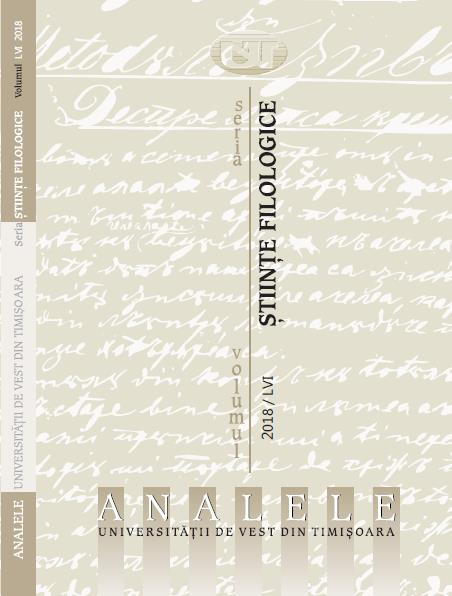Pronumele şi adjectivul pronominal demonstrativ în limba română actuală şi în limba arabă modernă standard – o abordare contrastivă
The Demonstrative Pronoun and the Demonstrative Pronominal Adjective in Contemporary Romanian Language and in Modern Arabic Language – A Contrastive Approach
Author(s): Irina DincăSubject(s): Foreign languages learning
Published by: Editura Universităţii de Vest din Timişoara
Keywords: demonstrative pronoun; demonstrative pronominal adjective; contrastive analysis; pragmatics; Romanian as second language;
Summary/Abstract: This paper aims to present contrastively some morphosyntactic, semantic and pragmatic aspects of the demonstrative pronoun and the pronominal adjective in Romanian and in Modern Standard Arabic. The main similarities and the most relevant differences between their paradigms in the two languages will be discussed, taking into consideration both their form and their functionality in syntactic contexts, in discourse and in communicational interaction, which reveals their pragmatic values. After some general considerations about the universal nature of the category of demonstratives and their deictic or anaphoric functions, we will present comparatively the declension of the pronouns and the pronominal adjectives in the demonstrative systems of the two languages. If the proximal and distal demonstratives in Romanian have close semantic counterparts in Modern Standard Arabic, the situation is different in the case of the additional paradigm that Romanian has developed, that of the demonstratives of identity and differentiation, as their equivalents in Modern Standard Arabic belong to other grammatical classes, being expressed through different parts of speech. The last section of this study will reveal some similarities and differences in the discursive and pragmatic values of some Romanian and Arabic demonstratives, especially regarding their deictic and anaphoric functions, as well as their emotional load. In conclusion, the contrastive analysis of the demonstrative systems in the two languages is useful for clarifying some misleading aspects in the process of teaching Romanian as a second language to Arab students.
Journal: Analele Universităţii de Vest din Timişoara.Seria ştiinţe filologice
- Issue Year: 2018
- Issue No: 56
- Page Range: 211-220
- Page Count: 10
- Language: Romanian

